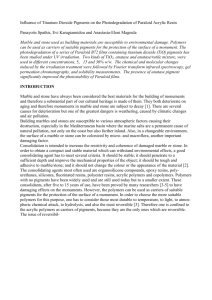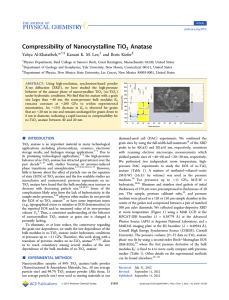Abstract Template
advertisement
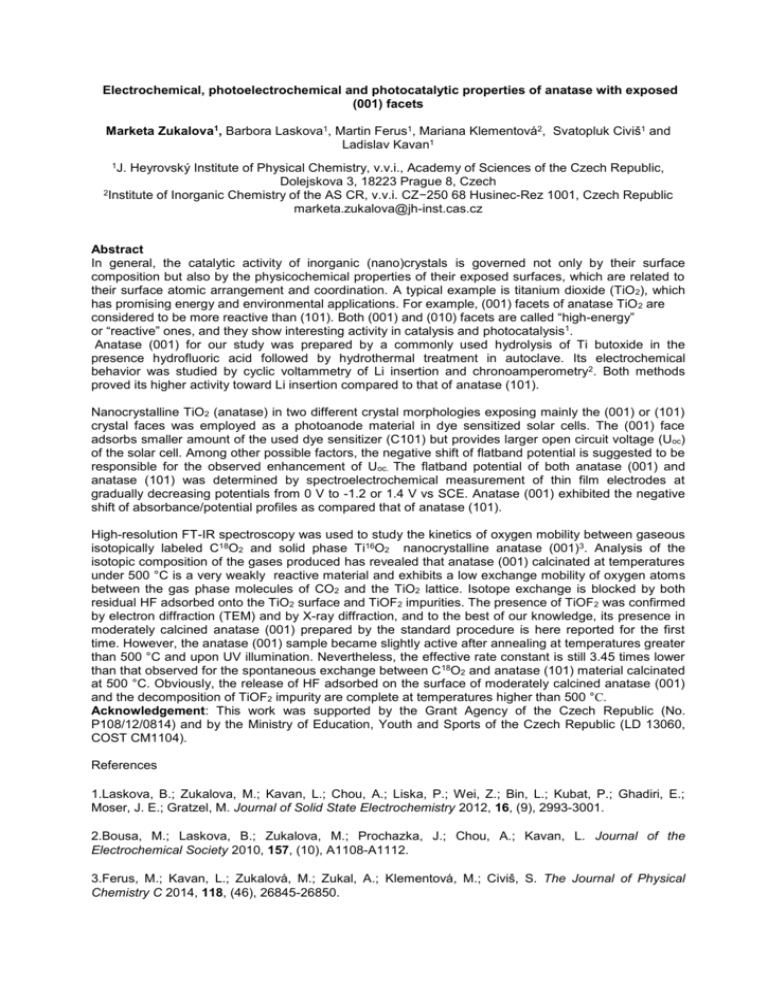
Electrochemical, photoelectrochemical and photocatalytic properties of anatase with exposed (001) facets Marketa Zukalova1, Barbora Laskova1, Martin Ferus1, Mariana Klementová2, Svatopluk Civiš1 and Ladislav Kavan1 1J. Heyrovský Institute of Physical Chemistry, v.v.i., Academy of Sciences of the Czech Republic, Dolejskova 3, 18223 Prague 8, Czech 2Institute of Inorganic Chemistry of the AS CR, v.v.i. CZ−250 68 Husinec-Rez 1001, Czech Republic marketa.zukalova@jh-inst.cas.cz Abstract In general, the catalytic activity of inorganic (nano)crystals is governed not only by their surface composition but also by the physicochemical properties of their exposed surfaces, which are related to their surface atomic arrangement and coordination. A typical example is titanium dioxide (TiO 2), which has promising energy and environmental applications. For example, (001) facets of anatase TiO 2 are considered to be more reactive than (101). Both (001) and (010) facets are called “high-energy” or “reactive” ones, and they show interesting activity in catalysis and photocatalysis1. Anatase (001) for our study was prepared by a commonly used hydrolysis of Ti butoxide in the presence hydrofluoric acid followed by hydrothermal treatment in autoclave. Its electrochemical behavior was studied by cyclic voltammetry of Li insertion and chronoamperometry2. Both methods proved its higher activity toward Li insertion compared to that of anatase (101). Nanocrystalline TiO2 (anatase) in two different crystal morphologies exposing mainly the (001) or (101) crystal faces was employed as a photoanode material in dye sensitized solar cells. The (001) face adsorbs smaller amount of the used dye sensitizer (C101) but provides larger open circuit voltage (Uoc) of the solar cell. Among other possible factors, the negative shift of flatband potential is suggested to be responsible for the observed enhancement of Uoc. The flatband potential of both anatase (001) and anatase (101) was determined by spectroelectrochemical measurement of thin film electrodes at gradually decreasing potentials from 0 V to -1.2 or 1.4 V vs SCE. Anatase (001) exhibited the negative shift of absorbance/potential profiles as compared that of anatase (101). High-resolution FT-IR spectroscopy was used to study the kinetics of oxygen mobility between gaseous isotopically labeled C18O2 and solid phase Ti16O2 nanocrystalline anatase (001)3. Analysis of the isotopic composition of the gases produced has revealed that anatase (001) calcinated at temperatures under 500 °C is a very weakly reactive material and exhibits a low exchange mobility of oxygen atoms between the gas phase molecules of CO2 and the TiO2 lattice. Isotope exchange is blocked by both residual HF adsorbed onto the TiO2 surface and TiOF2 impurities. The presence of TiOF2 was confirmed by electron diffraction (TEM) and by X-ray diffraction, and to the best of our knowledge, its presence in moderately calcined anatase (001) prepared by the standard procedure is here reported for the first time. However, the anatase (001) sample became slightly active after annealing at temperatures greater than 500 °C and upon UV illumination. Nevertheless, the effective rate constant is still 3.45 times lower than that observed for the spontaneous exchange between C18O2 and anatase (101) material calcinated at 500 °C. Obviously, the release of HF adsorbed on the surface of moderately calcined anatase (001) and the decomposition of TiOF2 impurity are complete at temperatures higher than 500 °C. Acknowledgement: This work was supported by the Grant Agency of the Czech Republic (No. P108/12/0814) and by the Ministry of Education, Youth and Sports of the Czech Republic (LD 13060, COST CM1104). References 1.Laskova, B.; Zukalova, M.; Kavan, L.; Chou, A.; Liska, P.; Wei, Z.; Bin, L.; Kubat, P.; Ghadiri, E.; Moser, J. E.; Gratzel, M. Journal of Solid State Electrochemistry 2012, 16, (9), 2993-3001. 2.Bousa, M.; Laskova, B.; Zukalova, M.; Prochazka, J.; Chou, A.; Kavan, L. Journal of the Electrochemical Society 2010, 157, (10), A1108-A1112. 3.Ferus, M.; Kavan, L.; Zukalová, M.; Zukal, A.; Klementová, M.; Civiš, S. The Journal of Physical Chemistry C 2014, 118, (46), 26845-26850.
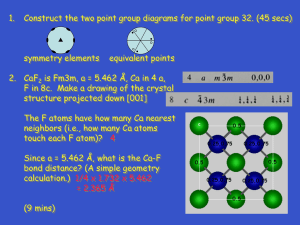
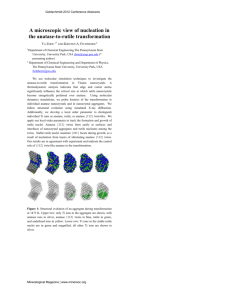
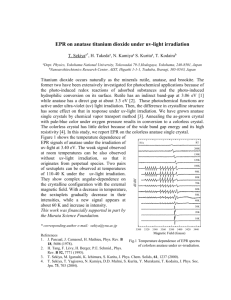
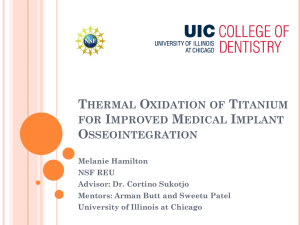
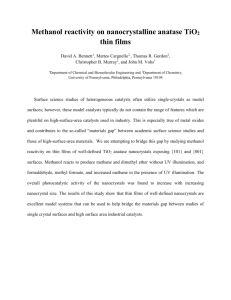
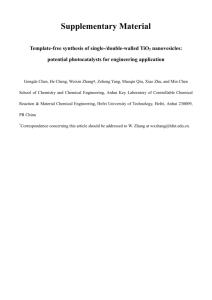
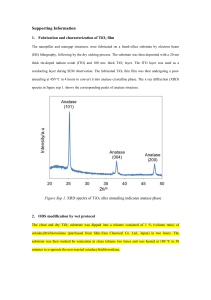
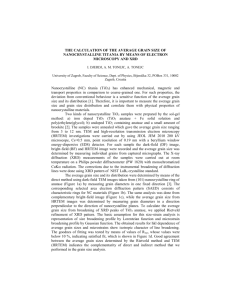
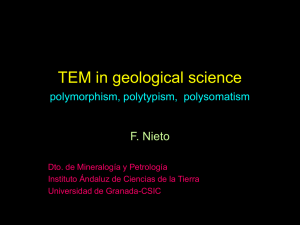
![Preparation of TiO[subscript 2] Anatase Nanocrystals by](http://s2.studylib.net/store/data/012436173_1-6ade312d4179e1fbe488fa87e26cb301-300x300.png)
